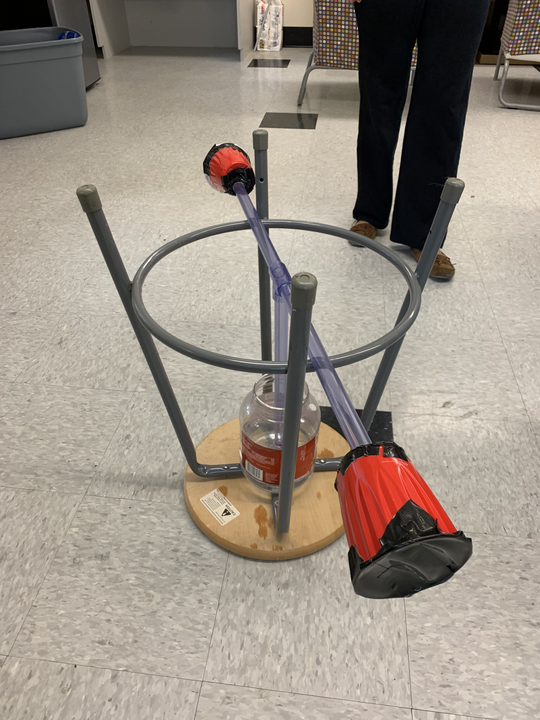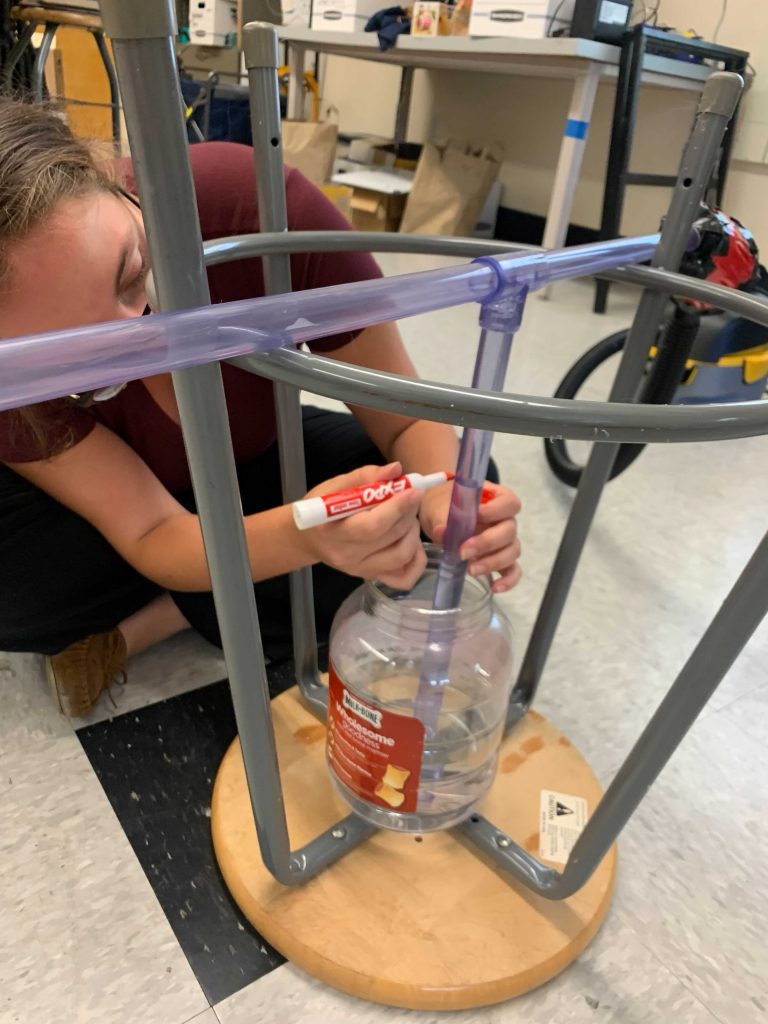Positive Air Pressure (PAP) Respirator
═══ TEAM MEMBERS ═══
Skyler Bennett, Kyoko Nagahashi, Elizabeth Sherstinsky, Oliver Puffer, Ari Schmulbach
Positive Air Pressure (PAP) Respirator
═══ PROBLEM ═══
With the rising ozone levels and ongoing West coast wildfires, poor air quality has necessitated regular use of KN95 and N95 masks. Unfortunately, many disabled folks cannot wear (K)N95 masks or surgical style masks due to serious health problems that arise from overheating:
“I need a mask that someone could wear to do intense exercise in the heat, just in order to exist.”
The goal of this project is to design and create an affordable, open-source positive air pressure (PAP) respirator that provide adequate protection for the wearer from airborne, fine particulate matter (PM 2.5).
═══ OBJECTIVE ═══
The aim of the PAP respirator project is to develop a functional respirator built out of household products that can be built for <$20. The respirator requires a filter strong enough to adequately protect the user against dangerous airborne particulate matter that is common during fire seasons in California, USA.
The respirator was designed to draw power from a mobile wheelchair battery limited to 24 volts.
Components
1. Filter
2. Mouthpiece or Headpiece
3. Computer Fan
4. Tubing
5. Airbag (trashbag)
6. Duct tape
7. Battery (24V)
The PROCESS
1. Test static pressure of filters
2. Test static pressure of fans
3. Compare cubic flow per minute between fans
4. Test air filtration of various filters
Over the summer, we have tested a variety of fans by measuring their static pressure and comparing their cubic flow per minute. We also tested filters for their ability to remove particles comparable to the size of those seen in fire season and tested whether the fan outflow would be productive enough while such filters are in use. After selecting a fan and filter capable of pumping enough air, we developed a series of mask options that were breathable but also comfortable for the user. Currently, we have three choices of mask for our prototype and have successfully developed a prototype with enough air, a strong filter, and flexibility in selection of components.


Note: Comments are held for review before publicly posted.
